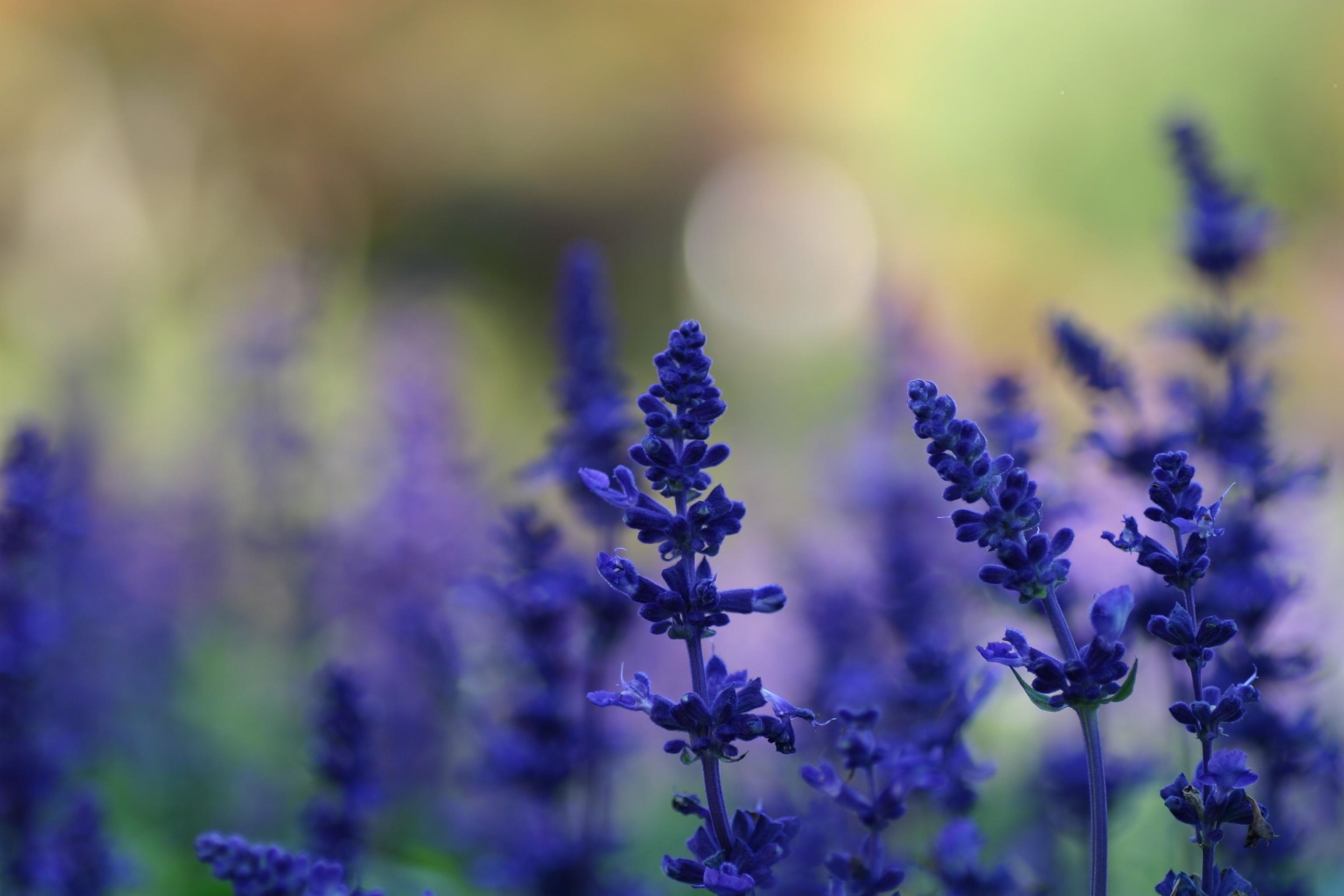Passion flowers can be used independently or combined with other blooms to create an eye-catching focal point in your garden. Growing up trellises will allow them to reach maximum beauty!
Additionally, they attract butterflies that feed off of the nectar of the flowers.
For optimal growth and care of your passion flower, provide it with a well-draining soil and ample water. In spring and summer, feed them a slow-release balanced nitrogen fertilizer and mulch them to retain moisture.

Spring
Passion flowers are in full bloom during spring, and this season they can be a real show-stopper. Though native to tropical South America, these hardy flowers thrive in sunny but sheltered locations.
They produce edible fruits shaped like eggshells, and their scrambling nature makes them ideal for climbing trellises and walls. Unfortunately, they can get out of hand quickly, so if you have this plant in your garden be sure to give it room to expand.
When your passion flower vine is mature, it is essential to prune back any dead plant material and remove suckers from its base in order to maintain control. Doing this will guarantee that next year’s growth is healthy and vibrant.
Passion flower vines don’t necessarily need to be cut back to the ground, but if you notice that they have died off in winter, trim it back to approximately 1/3 its original size. This will stimulate new shoots and prompt blooming again in the coming spring.

Summer
Passion flowers in the UK require either a sunny or partially shady location and some protection from winter. Unfortunately, they’re susceptible to various pests like slugs and snails.
Propagating passion flowers is easy: take cuttings from a vine in the springtime, just before frost arrives. These cuttings can then be rooted in potting mix and transplanted into the garden in early spring.
Passion flowers can also be propagated by soaking their seeds in water for several days. Soaking helps the seeds germinate more rapidly.

Passion flower should be planted in a well-draining soil with a pH balance between 6.1 to 7.5. You may add fertilizer if necessary, but do not overdo it.
Passion flower blooms from midsummer to early fall and dies back in the winter. As these plants can get quite large and unruly, it is wise to prune them regularly. Furthermore, passion flowers are susceptible to viral diseases like cucumber mosaic virus (CMV), which causes a mottled yellow appearance as well as stunted growth.
Fall
Are you searching for an exotic vine to add some beauty and flair to your garden? Passion flowers (Passiflora) are perfect. These plants produce stunning blooms during spring and summer.
Some varieties, like Passiflora incarnata, can withstand colder temperatures. These plants can be planted outdoors in the fall to thrive through winter; however, it’s best to protect them from extreme weather events.
They require a well-drained soil with a pH balance between 6.1 to 7.5, as well as at least two deep waterings throughout the growing season. You can either use your garden hose to hydrate them, or you could grow them in pots so you can bring them indoors when temperatures drop.
Passion flower vines can be purchased from a nursery or garden center, but you may also propagate them from cuttings. Simply cut off an unbranched shoot below each node and place it in a pot of cutting compost for propagation.
Winter
Passion flowers, whether grown as climbers or planted in the ground, bloom from midsummer to early fall. Not only do they add visual interest to a garden setting but they provide shelter for hummingbirds and butterflies as well as producing edible fruit.
Passion flower vines typically die back during the winter and will bloom again in spring. Indoor houseplants that were grown outdoors should overwinter in a warm location that receives plenty of direct sunlight.
Passion flowers are particularly vulnerable to pests like aphids, white flies and spider mites, so you should check for damage on a regular basis. Treat any damaged areas with insecticidal soap in order to prevent further degradation.
Passion flowers, like many tropical plants, require a well-draining soil free from peat or other organic material. If the soil is heavy with peat, add some horticultural grit before planting to improve drainage.








